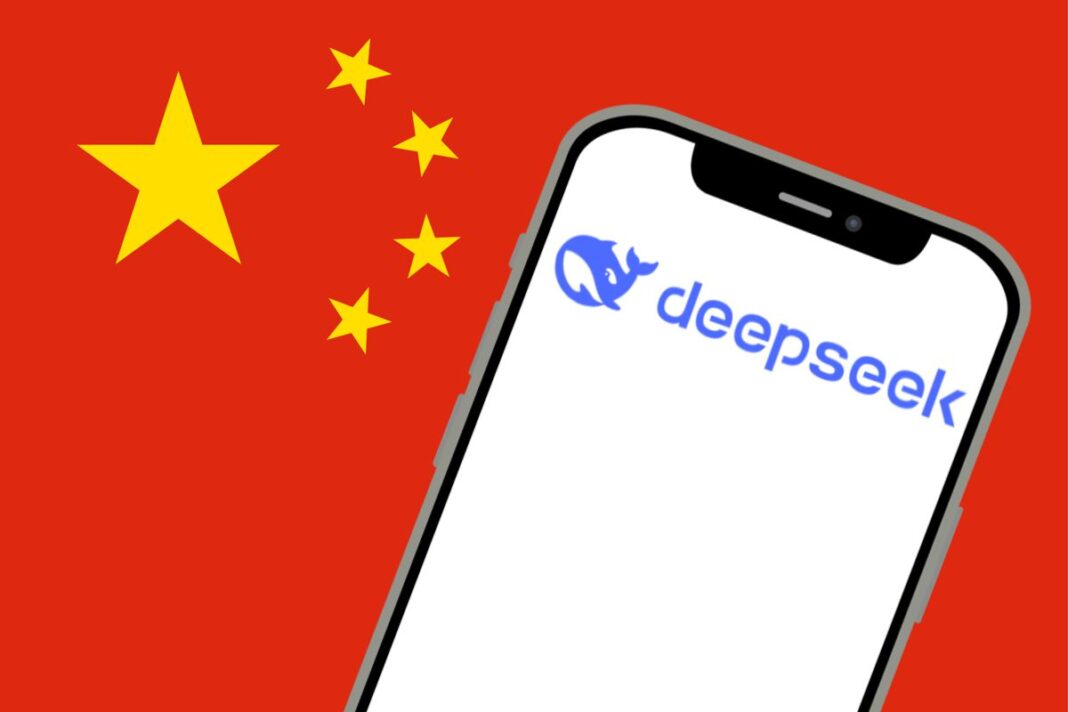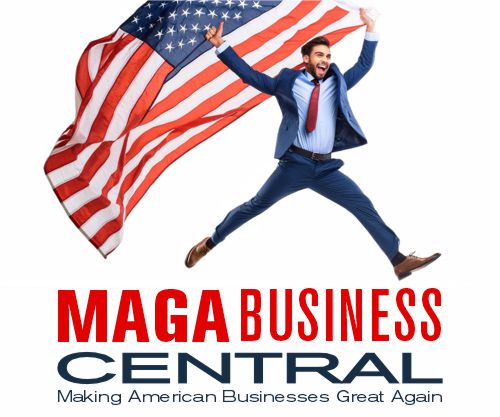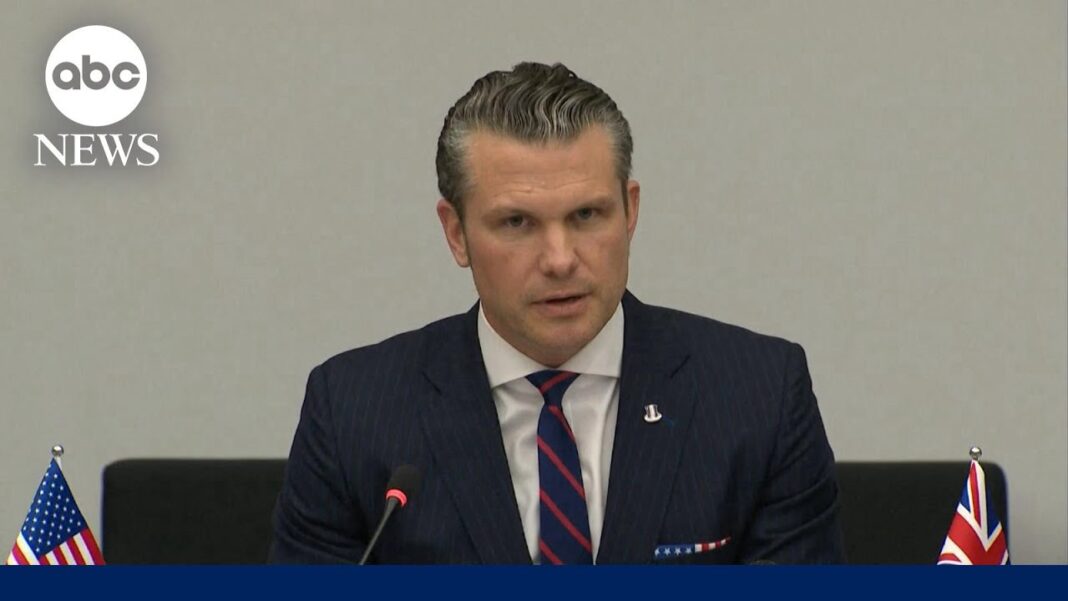DeepSeek is a new and wildly popular artificial intelligence app from China. Already, more than 10 million Google users have downloaded DeepSeek. They can expect their personal data to be sent to China.
The app’s AI, an open-source large language model (LLM) called R1, could also help some criminals or terrorists find dangerous information, for example, about bioweapons and cybercrime.
There is little time to lose. On Jan. 6, U.S. lawmakers rightly proposed to ban DeepSeek from government devices. But given the multiplicative dangers of Chinese apps interacting with artificial intelligence (AI), the law is too little too late. It should apply to all apps from China, prima facie, until they are proven safe. And it should include a ban on sharing AI technology, including through open source channels like GitHub, with companies in China.
DeepSeek already sparked a more than $1 trillion selloff of AI-related stocks on Jan. 27, including U.S. infrastructure, semiconductor, and power companies. Why?
DeepSeek claimed to have done what U.S. AI companies did, but with far less training (on specialized AI semiconductors) and for a fraction of the cost. This created a panic among AI investors. If DeepSeek can do AI without much computing power (known as “compute”), then companies that power AI with chips, energy, and infrastructure, goes the reasoning, are overvalued.
But it turns out that DeepSeek allegedly exaggerated the efficiency of its AI training regime. OpenAI and the Trump administration’s AI adviser raised questions about whether DeepSeek inappropriately accessed OpenAI content, with which it “distilled” its LLM. And Washington is probing whether DeepSeek bypassed U.S. export controls on AI chips by purchasing them through Singapore.
DeepSeek reportedly began within High Flyer, a quant hedge fund founded and controlled by Liang Wenfeng. At one point, High Flyer accumulated a $13.79 billion portfolio by using AI to guide its investment decisions. In 2021, it acquired 10,000 Nvidia A100 chips to begin training its AI. The following year, Washington banned these and other more powerful chips for export to China.
By Anders Corr







